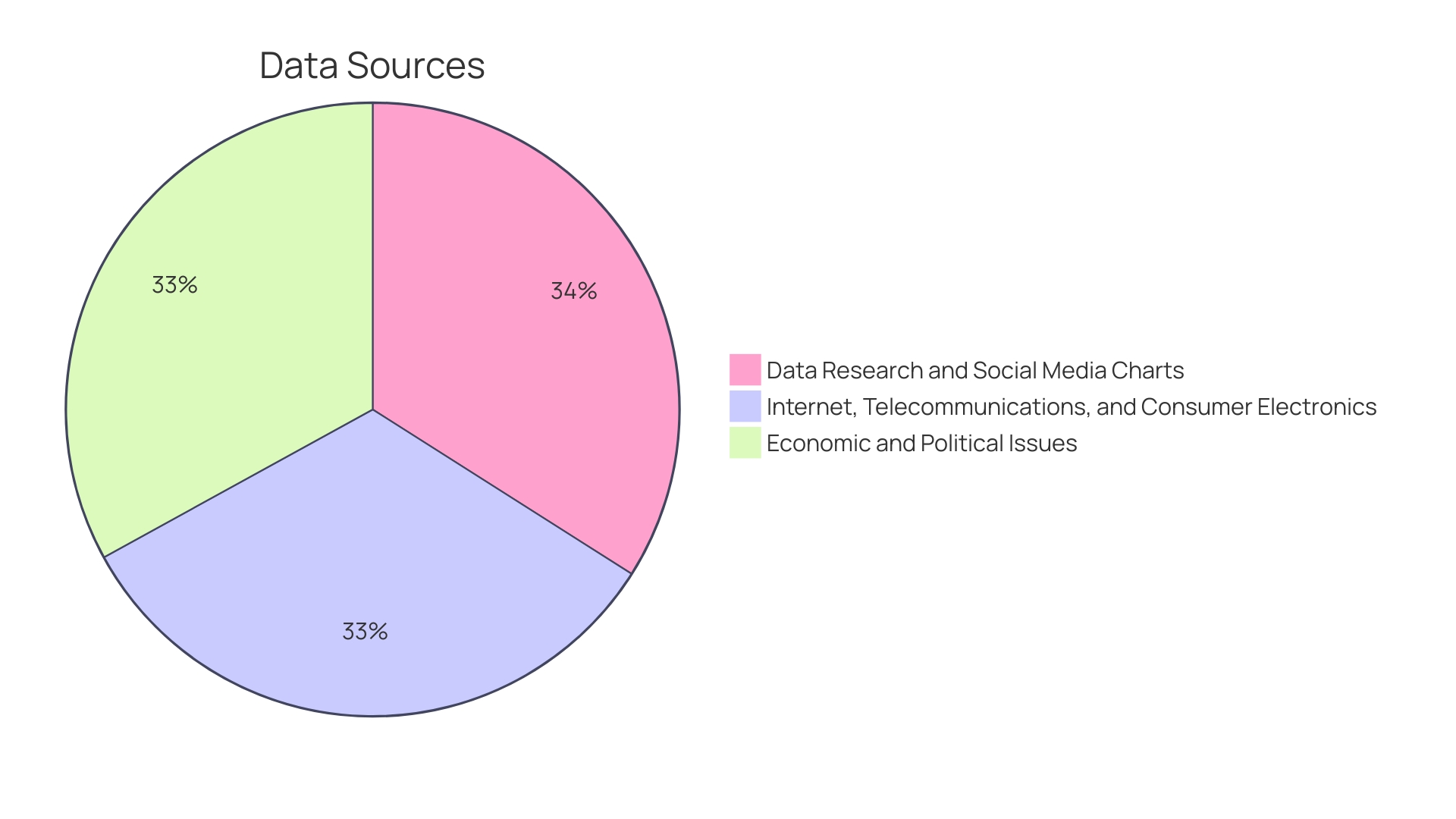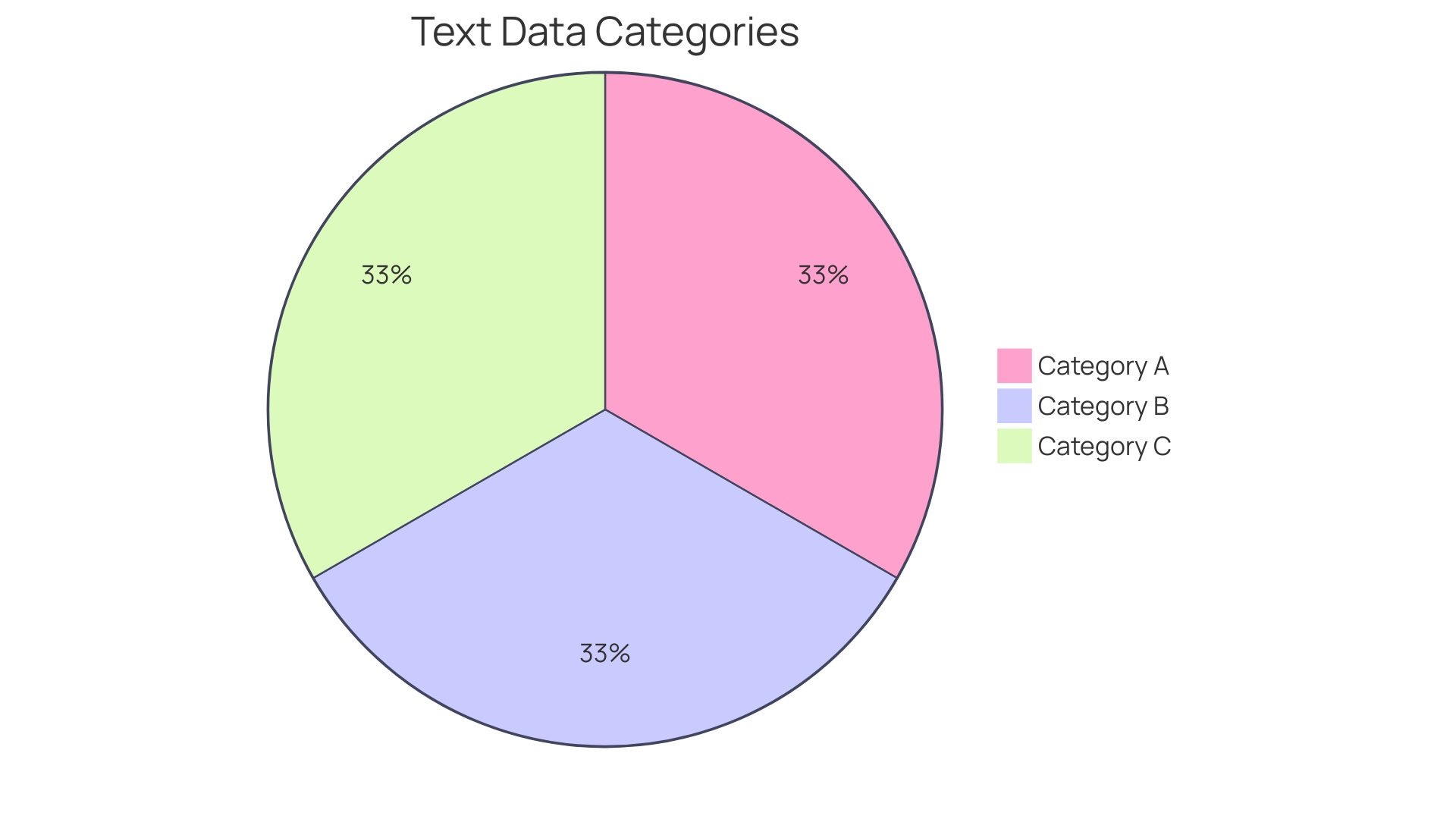Introduction
The renewable fuels industry is rapidly evolving, offering a compelling alternative to non-renewable energy sources. With a deep understanding of this industry, we dive into technical insights and analysis to explore the latest developments. From innovative approaches to sustainable energy to emerging technologies in solar and wind energy, we uncover the transformative potential of renewable fuels.
Join us as we delve into the need for sustainable energy, overview renewable energy sources, examine sustainable aviation fuels, and explore the cutting-edge advancements in solar and wind energy. Get ready to uncover the future of energy in this engaging article.
The Need for Sustainable Energy: Limitations of Non-Renewable Sources
Non-renewable energy sources, notably fossil fuels, are critical to meeting global energy demands but pose significant environmental and economic concerns. Their availability is finite, and their extraction and combustion contribute to climate change through greenhouse gas emissions. With these challenges in mind, the pursuit of sustainable energy solutions is intensifying.
Innovative approaches to sustainable energy are emerging worldwide. For instance, the Ticino Biomass Power Plant in Argentina capitalizes on the abundant byproduct of peanut processing, utilizing peanut shells as a bioenergy source. This plant demonstrates the potential of agricultural waste as a renewable resource, turning what was once an environmental problem into a valuable energy solution.
The Netherlands showcases another pioneering method with the Heerlen district heating system, which employs mine water from a defunct coal mine for geothermal heating. This 5th generation district heating and cooling grid exemplifies the creative repurposing of former industrial sites for sustainable energy production.
The terms 'green,' 'clean,' 'renewable,' and 'sustainable' energy are often used interchangeably, yet each has a distinct meaning. Green energy, specifically, refers to renewable resources that minimize environmental impacts across their lifecycle. While terms like 'clean energy' focus on reducing greenhouse gas emissions, they do not always encapsulate the full environmental impact, as seen in the case of nuclear power, where the extraction process and waste management raise environmental concerns.
The significance of transitioning to sustainable energy is underscored by major industry players. For instance, BP's net-zero by 2050 ambition reflects a shift toward reducing fossil fuel dependence. Similarly, the shipping industry, a significant consumer of hydrocarbon fuels, faces new emissions regulations, prompting a search for greener alternatives.
Understanding the carbon footprint of various sectors is vital in this transition. Industries relying on fossil fuels, such as energy and materials, have substantial carbon footprints, whereas service and technology sectors are generally less carbon-intensive. Investors are increasingly recognizing the importance of considering carbon emissions when making decisions, as evidenced by initiatives like MSCI's sector-by-sector carbon footprint analysis.
This technical scrutiny of emissions across value chains aids in identifying opportunities for sustainable investment and development.
Overview of Renewable Energy Sources
The landscape of renewable energy is evolving rapidly, offering a compelling alternative to traditional fossil fuels. These green energy sources are not only environmentally friendly but also increasingly economical. Solar, wind, hydroelectric, geothermal, and bioenergy are the main pillars in this sector, each tapping into the Earth's natural processes to create power.
For instance, Uruguay has made remarkable strides with wind energy, harnessing its abundant wind resources to generate about 40% of its electricity. In fact, nearly 98% of the country's energy grid is powered by renewable sources, closely aligning with global efforts to combat climate change, such as the United States' aim for carbon pollution-free electricity by 2035.
Innovations in renewable energy are also making headlines, like the development of nanoscale solid-state devices that can harness energy from ionic flows at salinity gradients. This cutting-edge technology leverages 'Coulomb drag' to create voltage and electric current, representing just one of the many advancements in the field.
Moreover, as the renewable energy industry grows, it’s driving economic change and job creation, although challenges such as gender disparities in green energy jobs remain. The transition to renewable energy is not only about sustainability but also about shaping a new economic landscape that is both green and inclusive.

Sustainable Aviation Fuels (SAF): Production and Benefits
Sustainable Aviation Fuels (SAF) stand at the forefront of the aviation industry's battle against climate change. Derived from renewable resources such as plant oils, agricultural byproducts, and waste materials, these eco-friendly fuels undergo transformation via processes like Hydroprocessed Esters and Fatty Acids (HEFA) and Fischer-Tropsch to meet aviation standards. Their deployment heralds a plethora of advantages, from a drastic slash in greenhouse gas emissions to improved air quality and reduced reliance on fossil fuels.
A shining example of SAF in action is the historic transatlantic flight operated by Virgin Atlantic, which utilized a blend of SAF made predominantly from tallow and waste fats. This pioneering flight, a testament to the viability of green-fueled aviation, encountered the daunting hurdles of limited supply and high costs that currently hinder widespread adoption. Nevertheless, it showcased the tangible impact of SAF, with experts like Christian Poulsen, COO of Copenhagen Airport, lauding its benefits for both air quality and carbon emission reduction.
Despite SAF accounting for a mere 0.1% of flights, its potential is undeniable, with the capacity to cut carbon intensity by over 80%. As the industry strives for net zero emissions, it's imperative to bolster SAF production, streamline demand, and tackle non-CO2 contributions such as contrail cirrus, to steer towards a more sustainable future in aviation.
Emerging Technologies in Solar and Wind Energy
Renewable energy technologies, particularly solar and wind, are undergoing revolutionary changes that are reshaping the landscape of power generation. The integration of photovoltaic (PV) cells in wind turbine blades, as seen in the groundbreaking Soleolico project, exemplifies such innovation. This world-first technology leverages aerodynamic sails equipped with PV panels, which are optimally oriented to the wind using a patented magnetic system called "blade guidance".
This system ensures maximum energy extraction by calibrating the orientation of each sail. Moreover, Soleolico's turbines operate at a gentle seven revolutions per minute, mitigating noise pollution and wildlife risks, while their unique coating technology helps to absorb and convert CO2, actively purifying the air.
The efficiency and cost-effectiveness of renewable technologies have significantly improved, with solar learning rates indicating a 44% cost reduction per doubling of production. Battery technology, though more complex, is not far behind, with a learning rate of 23% and both exhibiting year-over-year cost improvements in the mid-to-high teens of percentage points. These advancements contribute to an accelerating total addressable market (TAM) for both solar and battery technologies.
These developments are part of a broader trend in renewable energy that includes significant milestones over the past 25 years, such as the commercialization of PV solar cells and wind turbines. With the industry focused on efficiency, the introduction of perovskite quantum dots has marked a significant leap in solar cell performance.
In terms of solar power, the industry is witnessing a shift from electricity production to providing heat for industrial processes or as a form of long-duration energy storage, offering an efficient alternative to large-scale battery storage. This could be instrumental in addressing dips in renewable generation as we rely more on fluctuating sources like solar and wind.
Innovations in equipment, software, and customer service are transforming the solar power industry, enabling decentralized power generation and economic and efficiency gains for both residential and commercial users. The constant introduction of new technologies in solar power applications gives customers ample choice in designing distributed generation systems.
The combined efforts of innovation and market forces are driving down costs and increasing the demand for solar energy. This cycle of production increase, cost reduction, and demand growth is expected to continue, further enhancing the competitiveness of solar energy within the energy market.

Conclusion
In conclusion, the renewable fuels industry offers a compelling alternative to non-renewable energy sources. We have explored the need for sustainable energy and the limitations of non-renewable sources, highlighting innovative approaches like utilizing agricultural waste and repurposing industrial sites for geothermal heating. The overview of renewable energy sources showcased the increasing viability of solar, wind, hydroelectric, geothermal, and bioenergy.
Success stories like Uruguay's wind energy generation and global efforts to combat climate change demonstrate the importance of transitioning to renewable energy.
Sustainable aviation fuels (SAF) play a crucial role in reducing greenhouse gas emissions in the aviation industry. Despite challenges like limited supply and high costs, SAF has the potential to significantly cut carbon intensity, as seen in Virgin Atlantic's historic transatlantic flight.
Emerging technologies in solar and wind energy are reshaping power generation. The integration of photovoltaic cells in wind turbine blades and the improvements in efficiency and cost-effectiveness of solar and battery technologies contribute to a growing market. The shift towards providing heat for industrial processes and decentralized power generation are transformative advancements.
Overall, the renewable fuels industry holds immense transformative potential. With a deep understanding of this industry, we have provided technical insights and analysis to shed light on the latest developments in sustainable energy. The adoption of renewable energy sources, sustainable aviation fuels, and emerging technologies in solar and wind energy is crucial for a greener and more inclusive future.
Join us in harnessing the power of renewable fuels and be a part of the green energy revolution.




